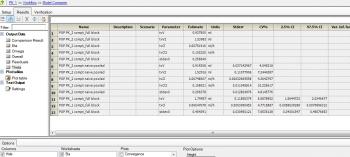Dear Simon,
Hope all is well,
I had a problem with attached project where i could nt get the standard errors,
Looking forward for your reply,
With best regards,
Raghav, [file name=123_IV_PO_260511_Dog.phxproj size=1298514]http://pharsight.com/extranet/media/kunena/attachments/legacy/files/123_IV_PO_260511_Dog.phxproj[/file]



















